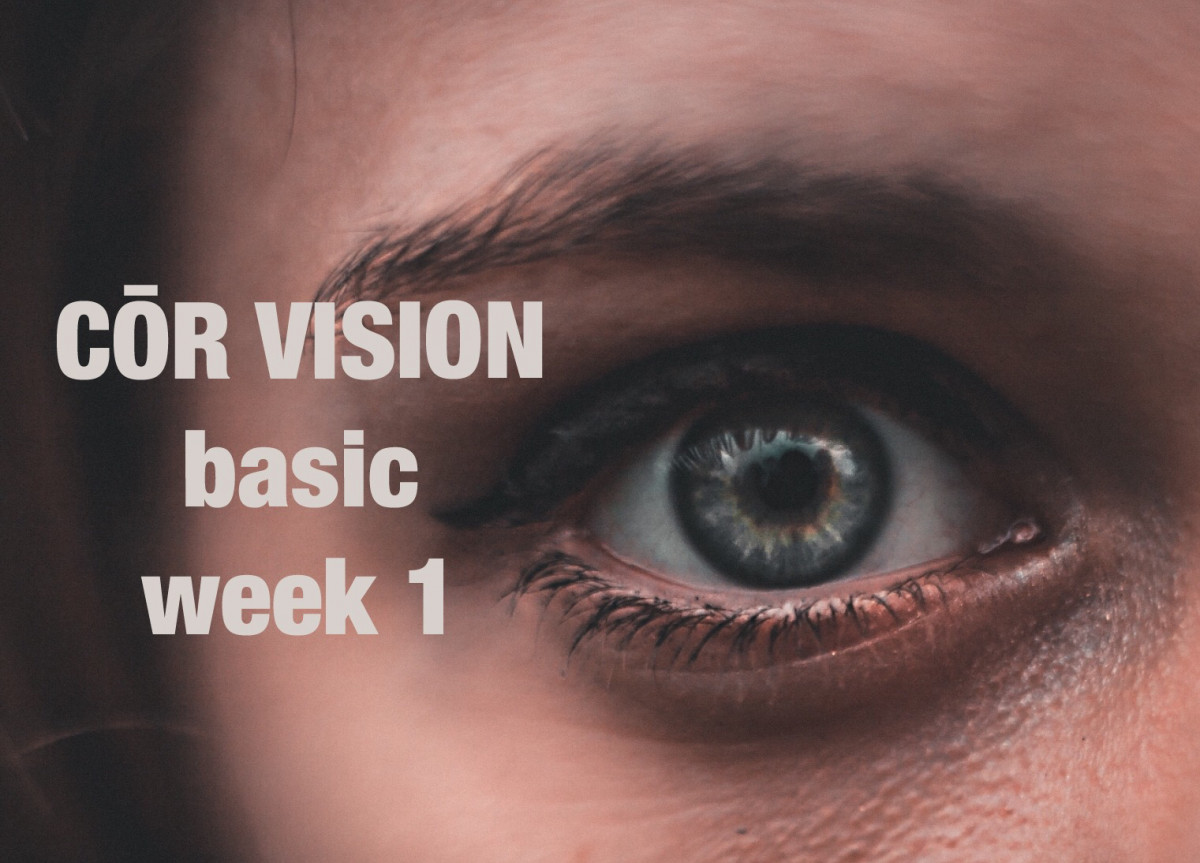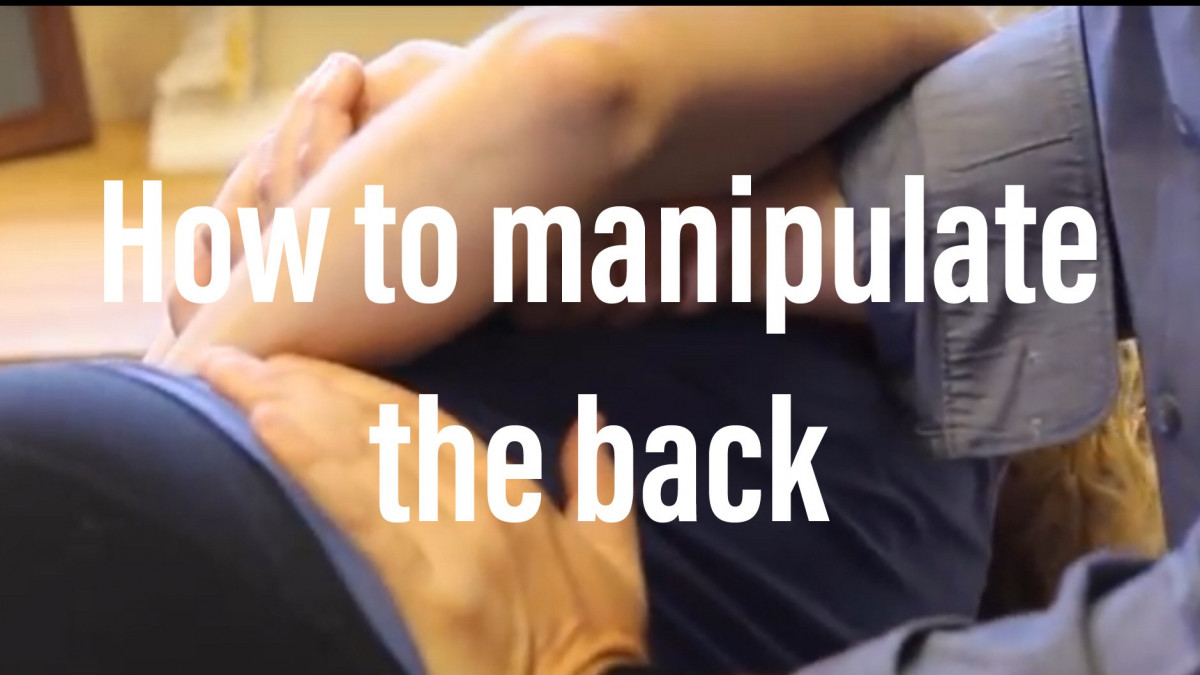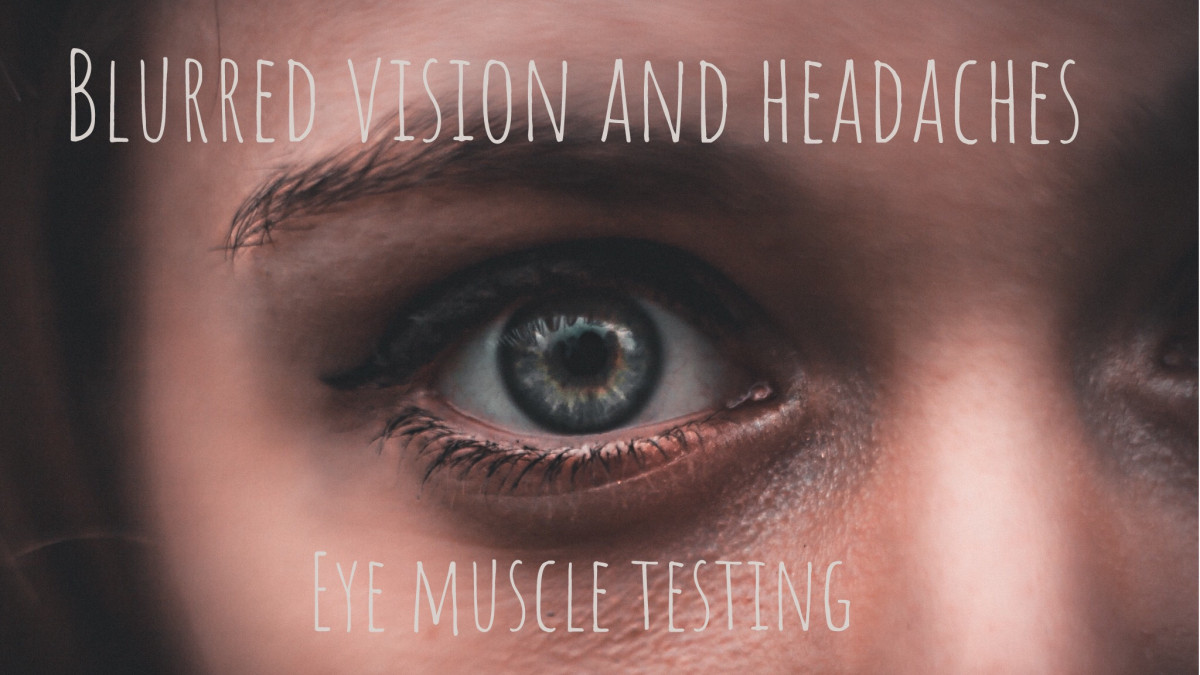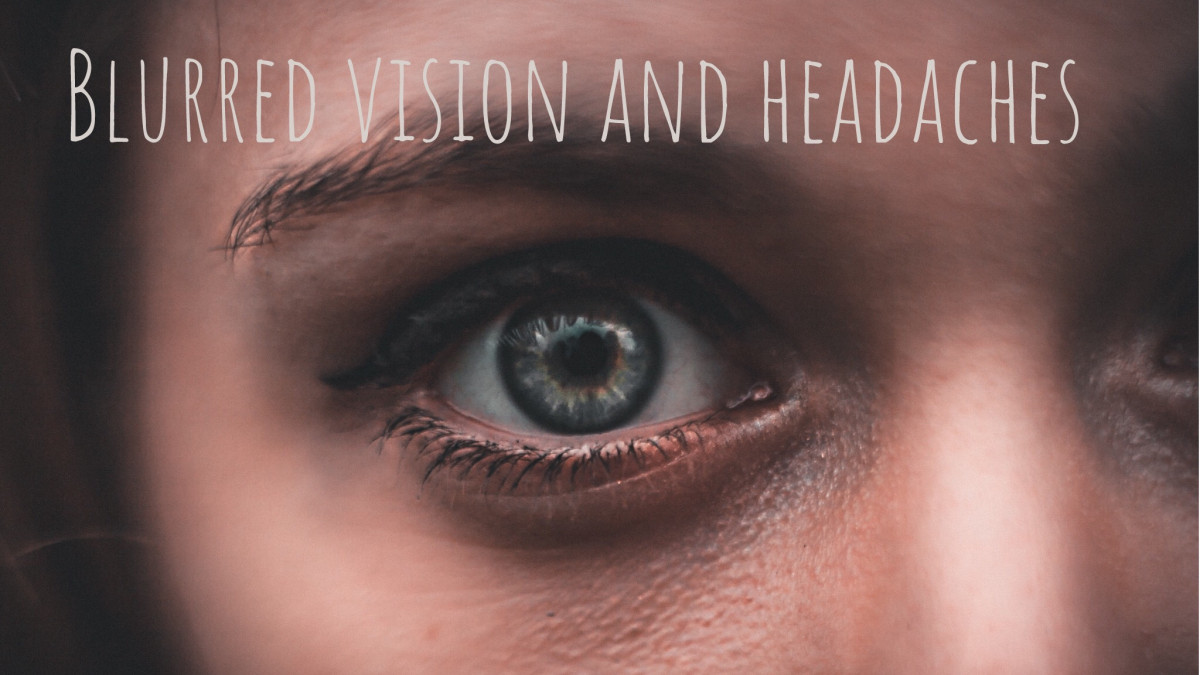 CŌR VISION Part 1 Basic Training
CŌR VISION Part 1 Basic Training
Convergence and divergence training with the CŌR VISION basic kit. Week 1
 CŌR VISION Part 1 Basic Training
CŌR VISION Part 1 Basic Training
Convergence and divergence training with the CŌR VISION basic kit. Week 1
 Can rolling my IT band help?
Can rolling my IT band help?
Lateral or outer thigh pain is pretty common. A common treatment is to roll the IT band with a hard roller such as a foam roller. Questions you need to ask are these; is your pain getting better? If not, is the rolling helping? Foam rolling the IT band can be harmful and does not address the underlying cause. This post discusses why we need to stop rolling our thighs.
 How to manipulate the lower back
How to manipulate the lower back
Back pain less than 2 weeks? Tension to the back and pelvis? If your pain is not below the knee and you have stiffness to your hip and its ability to turn inward then manipulation to the lumbar spine or low back can be a very successful treatment. This post follows a Clinical Predication Rule based on a series of studies led by Tim Flynn PT PhD and colleagues on back and leg pain response to manipulation.
 Better Breathing
Better Breathing
Breathing is something we do a lot. How can we get better with our breathing? Understanding some foundations of how our breathing works and how we can become more efficient in how we breath reduces the work of breathing and improves our posture. Why do you think so many activities such as yoga and Pilates focus on breathing?
 Testing for blurred or double vision for headaches
Testing for blurred or double vision for headaches
Vision changes with headaches are very common. An eye muscle, the superior oblique, is commonly associated with headache pain and can contribute to neck tension. Optometry evaluations are typically normal or unchanged. Symptoms to look for: eye strain, pain behind the eye, blurred or double vision, eye fatigue and even some balance issues. Also common are depth perception and driving issues as well as difficulty with grocery stores. These tests can be positive following a head injury, post-concussive syndrome diagnosis, whiplash, or with headaches.
 Blurred or double vision and headaches
Blurred or double vision and headaches
Vision changes with headaches are very common. There are tests that can be done to determine if there is a vision issue and eye muscle trigger points. An eye muscle, the superior oblique, is commonly associated with headache pain and can contribute to neck tension. There are symptoms of eye strain, pain behind the eye, blurred or double vision, eye fatigue and even some balance issues. Depth perception and driving issues as well as difficulty with grocery stores are also very common. If you have had a head injury, post-concussive syndrome diagnosis, whiplash, or suffer from headaches this post will help you understand how your eyes play a role.
